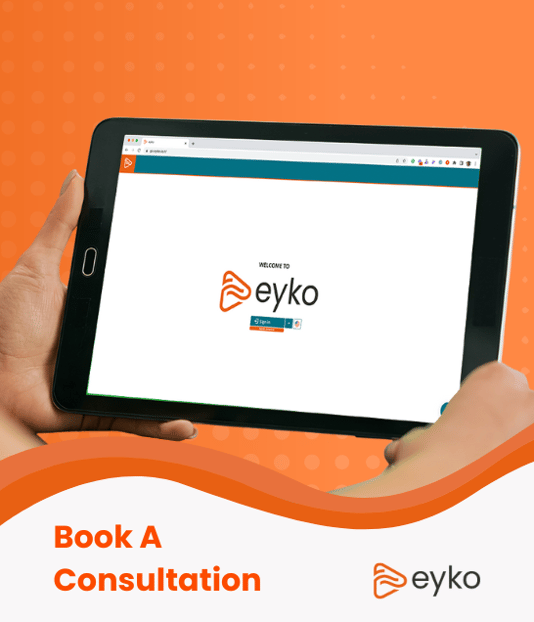Data Rich But Insight Poor?
Are you rolling in data but have no insights or answers to help you make better decisions?
In this article you'll learn how new analysis tools that apply modern technology can unlock insights for all business users.
In today’s digital age, organizations are inundated with data from a myriad of sources—transactions, social media, sensors, and more. This phenomenon has led to an era where companies are often described as “data rich.” However, having vast amounts of data does not necessarily equate to valuable insights. Many organizations struggle with transforming this data into actionable intelligence, leading to the paradox of being data rich but insight poor. The gap lies in the inability to effectively analyze and interpret data, often due to a lack of data literacy across the organization or the lack of simple tools designed to enable business users to unlock insights.
And it's not only the digital age with new applications, sensors, and social media that is driving data growth and complexity. At eyko, we meet customers and prospects with legacy systems that have been running for ten to twenty five years which are critical to their payroll, supply chain logistics, invoicing, and more. Despite the Business Intelligence industry being over 30 years old, organizations are still struggling with legacy data in addition to new data sources. Many say it is more challenging than ever to get insights from multiple systems without being a deep data scientist with programming and analytic skills.
A question that keeps coming up is whether or not the I.T. data team should build a data lake to land all the data from various applications into that lake, or if they should build targeted reports and dashboards for their business users that need answers from merging multiple data sources. There are pros and cons to each, however, many new solutions can circumvent both of these alternatives and provide users the ability to blend data themselves to ignite insights they need to run their part of the business.
Another issue hiding insights deep in data stores is lack of data literacy—the ability to read, work with, analyze, and argue with data—which is crucial for turning raw data into meaningful insights. Unfortunately, many employees, including decision-makers, lack the necessary skills to leverage data effectively. They may have access to sophisticated tools and vast datasets but lack the understanding of how to use them to drive business decisions.
So are insights hiding within the data because I.T. can't unlock them fast enough, or because tools and data are too complex for the average decision-maker, or is something else going on? Many will argue the tools are too complex, users are forced to learn technical skills, coding like Python and SQL, or that data source engineers and architects have been too abstract in designing their data dictionaries, almost as if they are making it hard on purpose to protect their jobs. But in reality, the technology hasn't had an opportunity to fully exploit the power of in-memory, machine learning, and generative AI which has ushered in a new era of data democracy.
Thanks to faster compute times, improved processors, and the rise of Artificial Intelligence (A.I.) organizations are able to democratize data access. More and more organizations are giving users direct access to core data systems and implementing analytics tools that hide sophisticated capabilities underneath a simple interface allowing users to blend data from multiple systems when they need insights. Implementing user-friendly and AI-Powered analytic tools and platforms can empower non-technical staff to explore data and derive insights. These new tools are breaking down data silos between I.T., business users, and applications, thus enabling organizations to use data effectively across departments and teams, leading to more informed decisions and innovation.
Get the Insights you Need From all Your Data with eyko
At eyko we help organizations break down data source complexities and simplify the analysis steps. In one end-to-end solution we enable users to connect to any data source and apply A.I. to merge, clean, enrich, and blend the data into an analysis ready format. Once the data is blended for analysis, users simply apply report and dashboard templates and visualizations, and can use the AI Assistant to surface insights like correlations, patterns, trends, churn, and more.
To learn more about eyko solution please visit this page.
Share this
You May Also Like
These Related Stories

What's the Difference Between an AI Chatbot and an AI Assistant?

How eyko works

